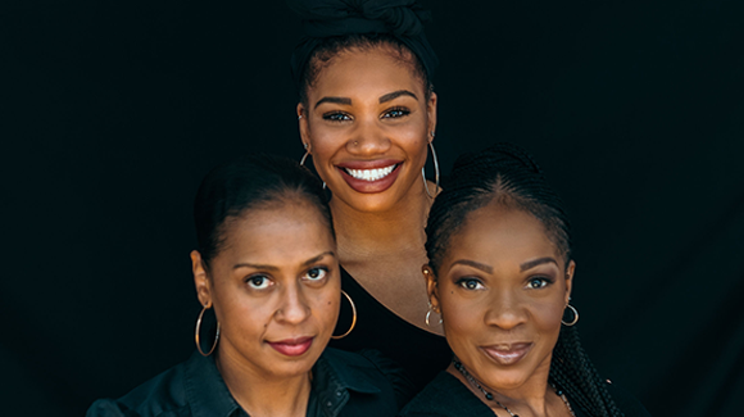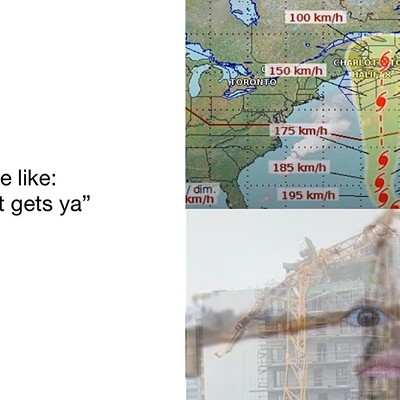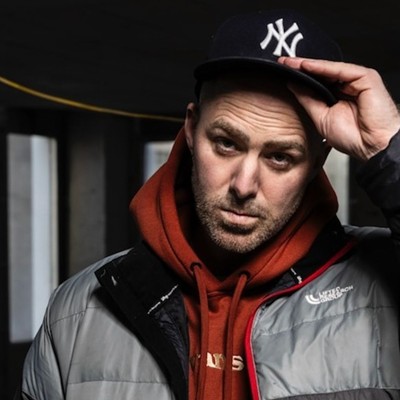Shauntay Grant's words are thoroughly embedded in Nova Scotia's cultural fabric: She is Halifax 's third poet laureate; the author of children's literature including last year's picture book Africville, a 2018 Governor General's Literary Award nominee; she's taken her work all over the country and the world to competitions and literary festivals.
This week Grant's words will be presented in a way we're less used to absorbing them: Spoken by actors in the form of The Bridge, a 2b theatre production on Neptune's stage until February 10.
She's developed the show for years, running it through workshops with Eastern Front and Black Theatre Workshop in Montreal before bringing it to 2b. "I've been living with it a long time, but I feel like that's what it needed. It was a project I didn't want to rush," she says. "Playwriting takes a different time—you work on it, you sit back and think about the characters, and every workshop gives you something new."
Starring Jacob Sampson and Jim Codrington as long-estranged brothers reunited by a funeral, The Bridge is set in an unnamed rural Nova Scotian Black community. "It's a local story," says Grant, "but when I think of local communities here and particularly their language, there's different languages depending on which community you go to. The language of the play is rooted in the vernacular, but it's a loose vernacular."
Grant is 2b's playwright-in-residence, and it was she who approached the company. The play "was in a fairly advanced state when she brought it to us," says The Bridge's director Anthony Black. "This may only be her second play, but it is so elaborately and skillfully constructed that you would never guess that."
The cast includes choristers—community gossips who dish in song—who Grant says "provide a gospel soundtrack to the story."
"She's a multi-disciplinary artist and you feel that in the construction of the play," says Black. "The text has its music—you feel her spoken-word experience, her experience as a poet. There's a visual music—scenes overlap and intersect. She's been very, very deliberate in how she's constructed all that. You feel every aspect of her artistry."
Black, 2b's co-artistic director, is well aware that he is a white man directing an all-Black cast through a story about a history he does not share. "One of my first questions was 'Do you want to have a Black director on this show?'" he says. "Shauntay went away and thought about it, came back and said, 'I brought the show to 2b because I really like your work and I want you to direct it.' That was important for me to hear because it put my mind at ease. It's a responsibility but also a privilege to get to learn about the community the show is placed in."
So yes, while it is her first professional theatre production, Grant sees The Bridge as another part of her larger body of work—whether poem or story or scene, it all comes from the same place.
"No matter what I'm writing, I write from a Black Nova Scotian experience because that's where I'm from," she says. "The work that comes out of me is a reflection of the place I grew up. It's really about giving voice to those narratives I grew up with."

















